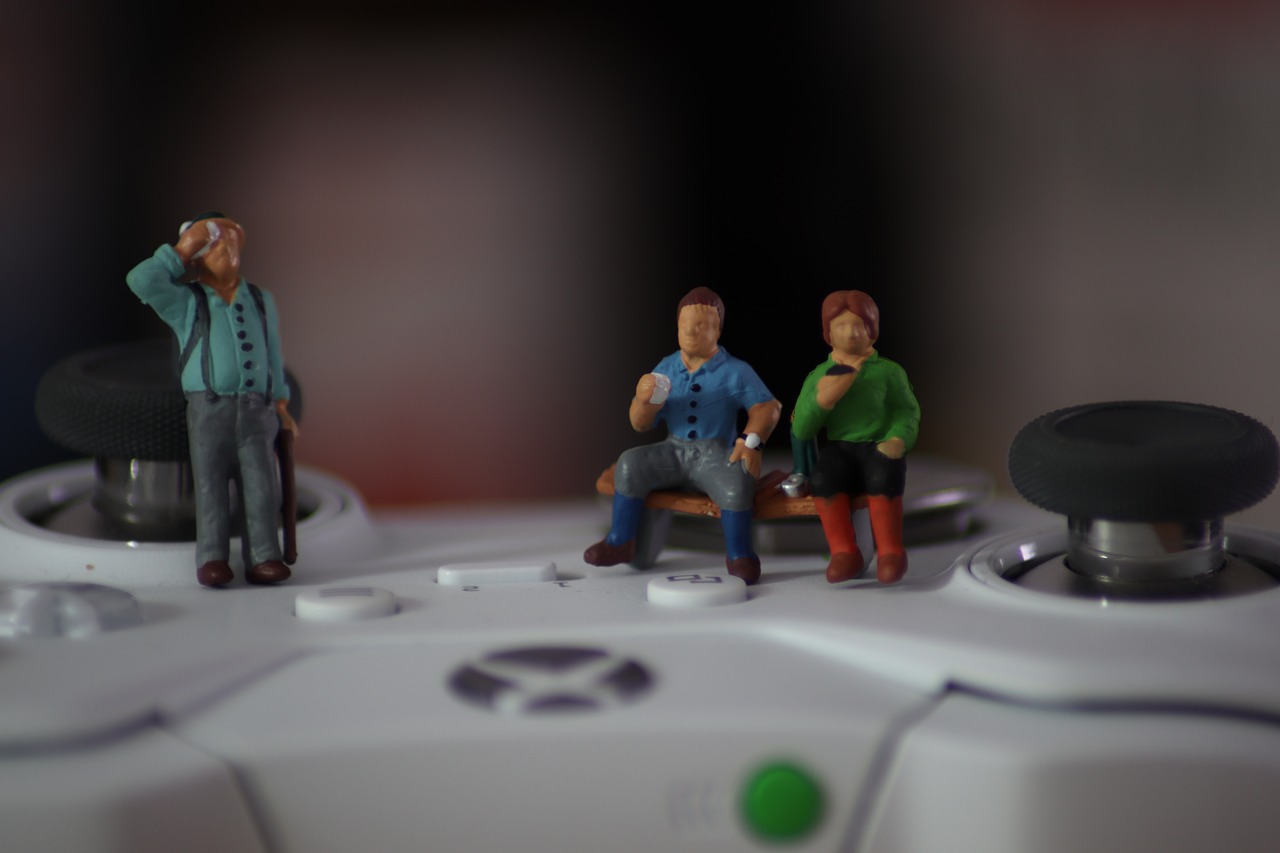In the courtroom of Minecraft, justice is at stake. The accusation of illegally hijacking an entire village has been thrown at Creeper Master 420, and the defense pleads not guilty. However, a translator is needed to understand the gravity of the situation.
The accuser claims that Creeper Master is evil and has undeniable proof of his crimes. They present a footage showing how Creeper Master not only took over the accuser’s home but also captured and forced the villagers to trade with him. The footage reveals a disturbing truth.
But the defense argues that none of these acts are technically illegal in Minecraft. They argue that the accuser is nothing more than an NPC (non-playable character), unable to respawn or have name tags. They claim that the accuser’s abilities are limited to opening doors and trapping Creeper Master in a box.
This raises an important question. Should all entities in Minecraft, be it zombies, pigs, or villagers, be treated equally to players? Is it fair to hold Creeper Master accountable for his actions when he operates within the boundaries of the game’s mechanics?
Ultimately, the laws of Minecraft prevail, and Creeper Master is found not guilty. The villagers remain under his control, and the injustice continues. The outcome raises concerns about the fairness and autonomy of Minecraft gameplay. Should the game mechanics be altered to prevent such abuse of power?
In the ever-evolving world of Minecraft, it is crucial to question and challenge the norms to create a more balanced and just gaming environment.


